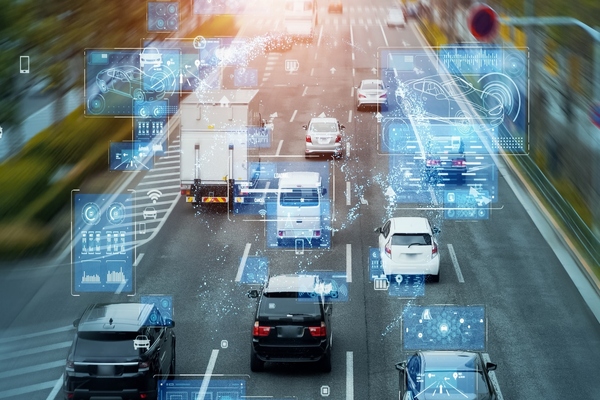The Internet of Things (IoT) has revolutionized the transportation industry, enabling real-time monitoring, tracking, and analysis of vehicles, cargo, and passengers. The IoT in transportation market is expected to grow at a CAGR of 14.8% from 2020 to 2025, reaching $143.93 billion by 2025. In this blog post, we will explore the key drivers, trends, challenges, and opportunities of the IoT in transportation market.
Drivers of IoT in Transportation Market
The IoT in transportation market is driven by several factors, including:
- Increasing demand for real-time monitoring and tracking of vehicles, cargo, and passengers to enhance safety, security, and efficiency.
- Growing adoption of connected and autonomous vehicles that rely on IoT sensors, devices, and networks to communicate with each other and with the infrastructure.
- Rising need for predictive maintenance and remote diagnostics to reduce downtime, maintenance costs, and improve asset utilization.
- Increasing focus on sustainability and environmental regulations that require monitoring and reporting of emissions, fuel consumption, and other environmental parameters.
Trends in IoT in Transportation Market
The IoT in transportation market is witnessing several trends, including:
- Integration of IoT with other technologies such as AI, machine learning, and blockchain to enhance data analytics, security, and transparency.
- Emergence of new business models such as Mobility as a Service (MaaS) that leverage IoT to provide seamless and personalized transportation services.
- Expansion of IoT applications beyond traditional transportation modes such as cars, trucks, and trains to include drones, ships, and even bicycles.
- Collaboration among stakeholders such as OEMs, suppliers, service providers, and regulators to develop common standards, protocols, and interoperability.
Challenges of IoT in Transportation Market
The IoT in transportation market also faces several challenges, including:
- Security and privacy concerns related to the collection, storage, and sharing of sensitive data such as location, speed, and cargo contents.
- Complexity and cost of implementing and maintaining IoT infrastructure, devices, and networks, especially in legacy systems.
- Lack of skilled workforce and expertise in IoT technologies, data analytics, and cybersecurity.
- Regulatory and legal barriers related to data ownership, liability, and compliance.
Opportunities of IoT in Transportation Market
Despite the challenges, the IoT in transportation market offers several opportunities, including:
- Improved safety, security, and efficiency of transportation systems, leading to reduced accidents, delays, and costs.
- Enhanced customer experience and satisfaction through personalized and seamless transportation services.
- Increased revenue and profitability for stakeholders through new business models, products, and services.
- Contribution to sustainability and environmental goals through better monitoring and management of emissions, fuel consumption, and other environmental parameters.
Conclusion
The IoT in transportation market is growing rapidly, driven by the need for real-time monitoring, tracking, and analysis of vehicles, cargo, and passengers. While the market offers several opportunities, it also faces several challenges related to security, complexity, expertise, and regulation. To succeed in this market, stakeholders need to collaborate, innovate, and invest in IoT technologies, data analytics, and cybersecurity.


